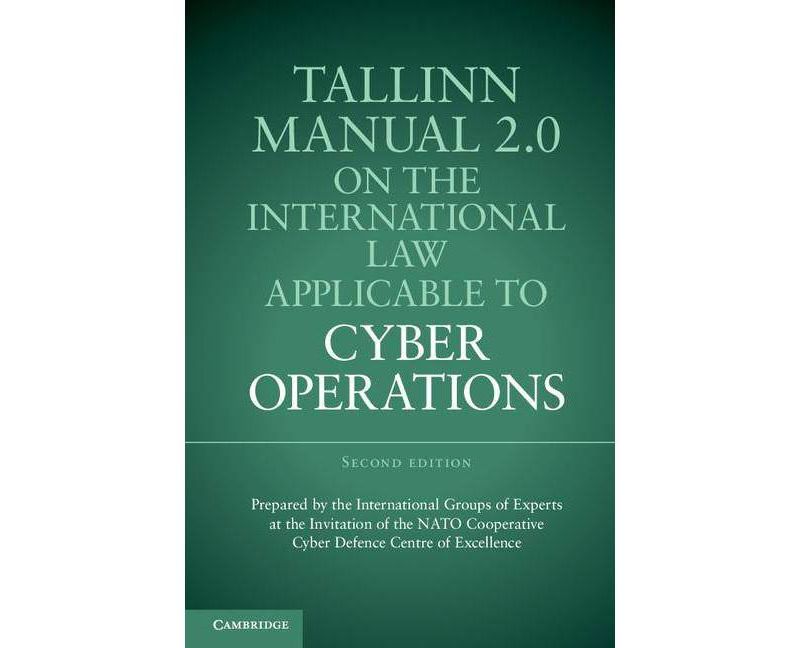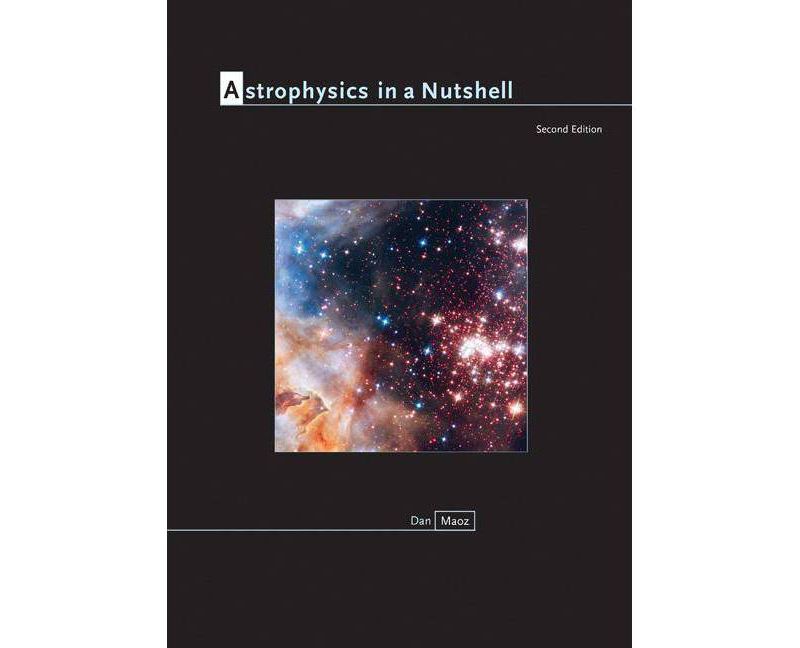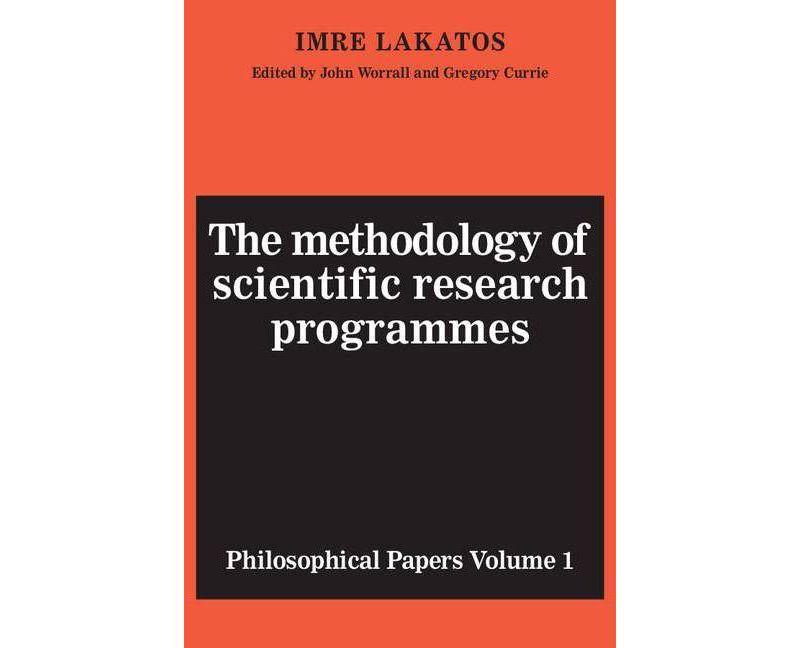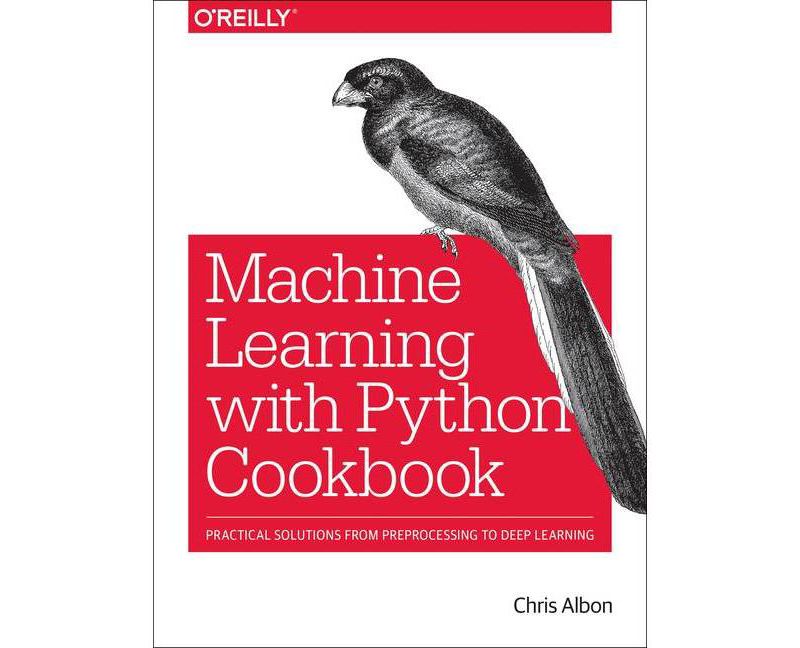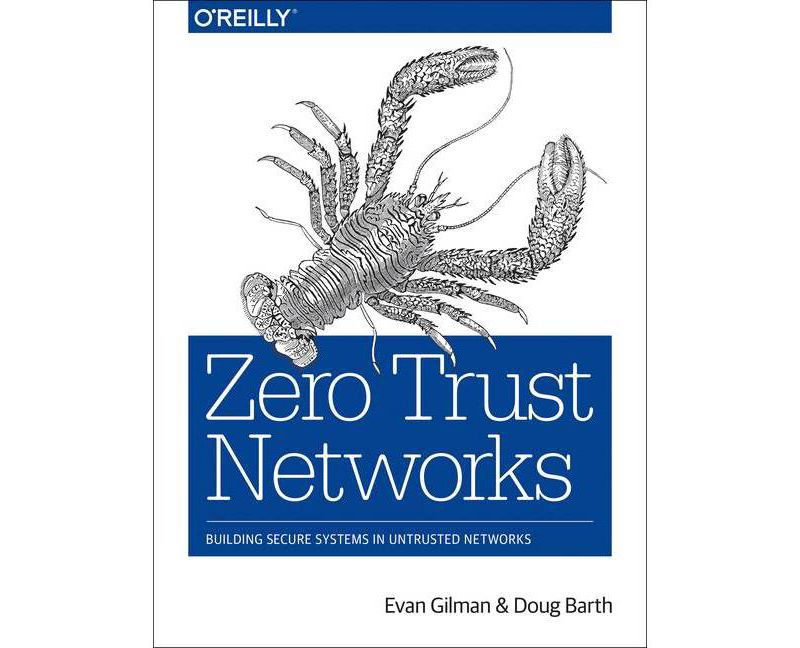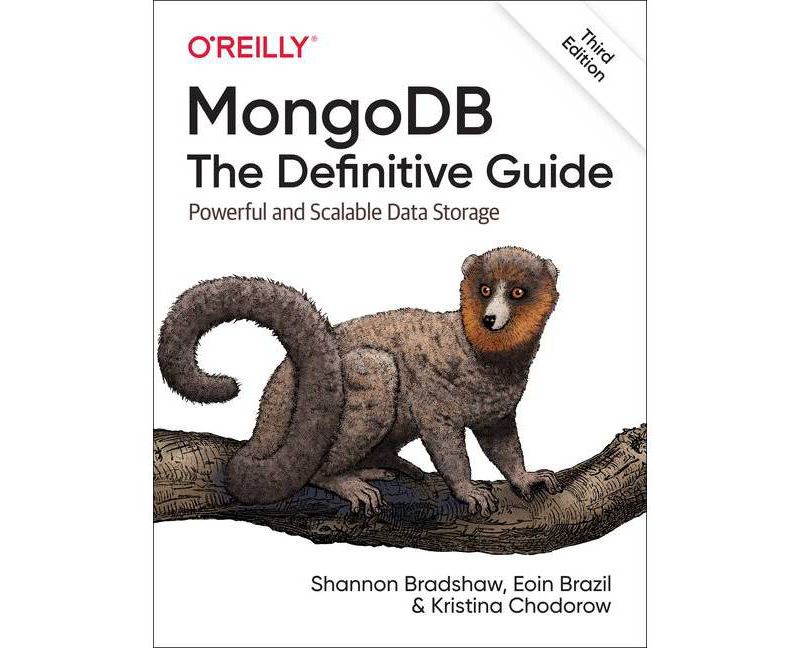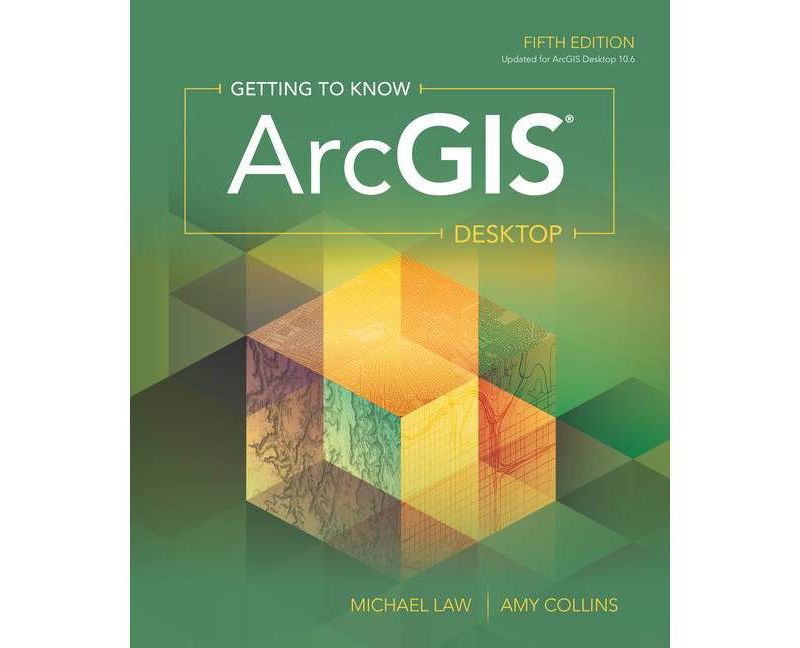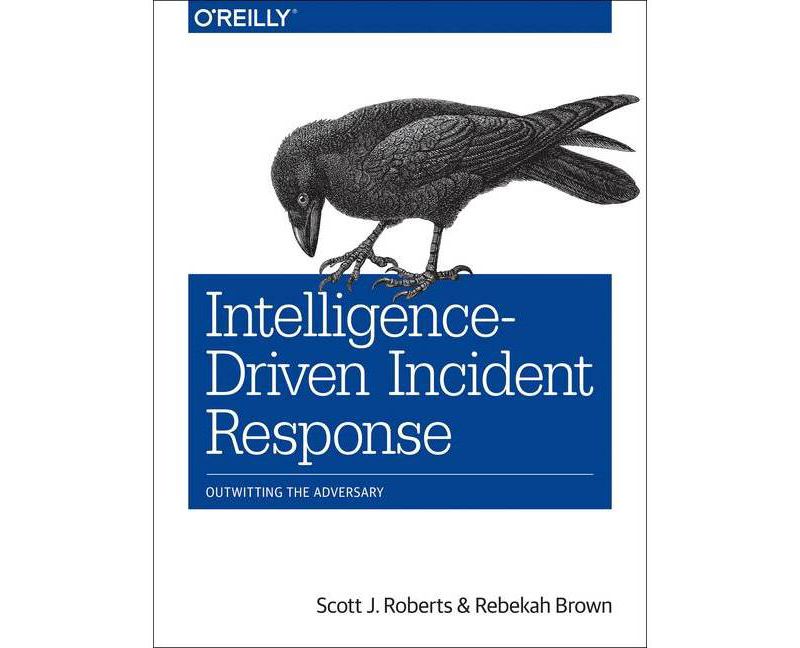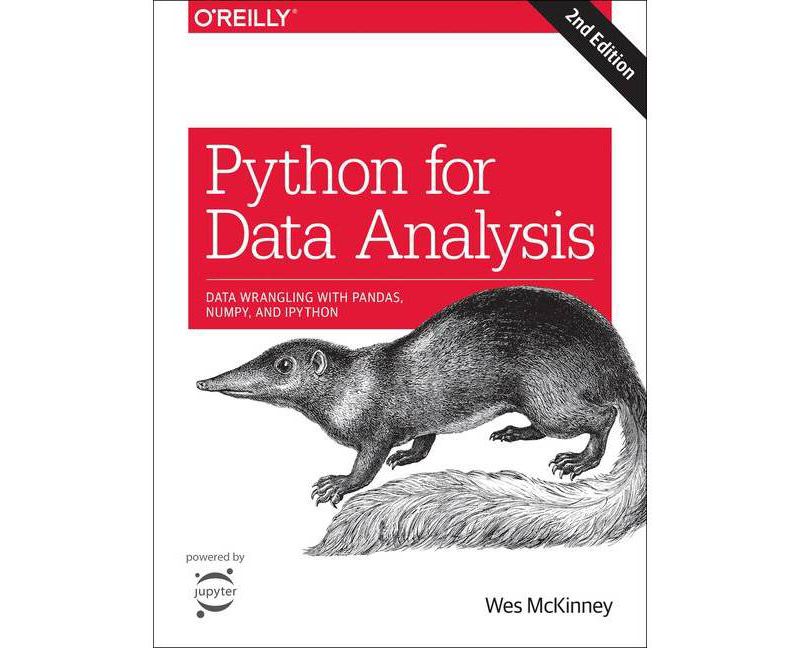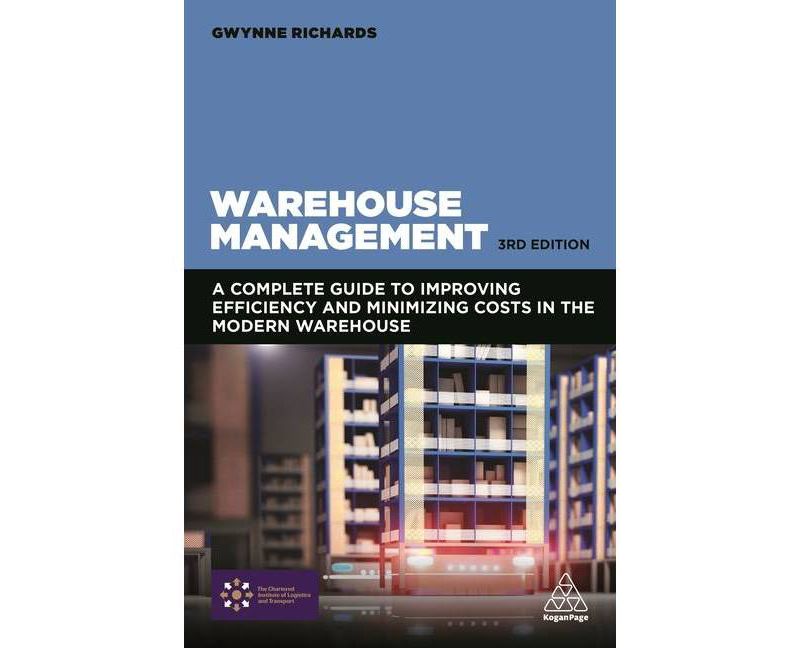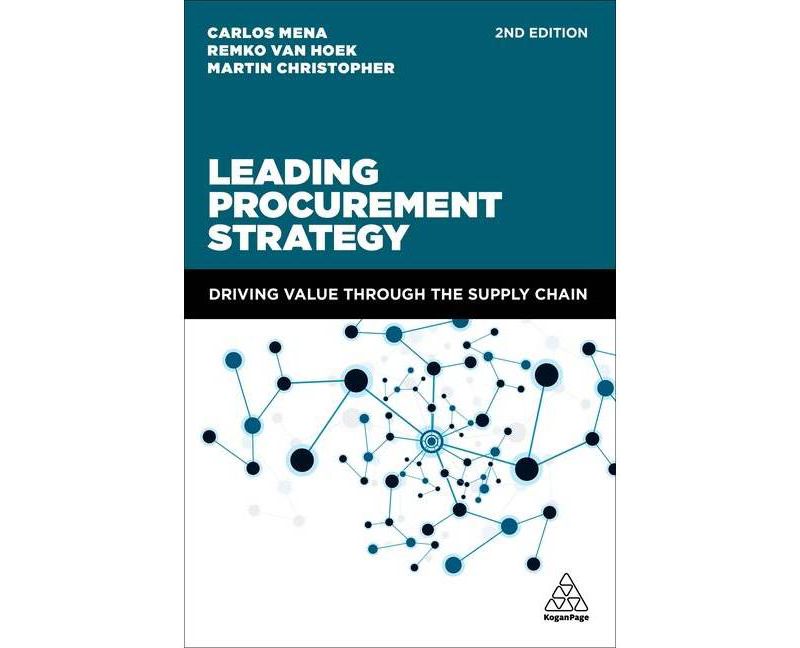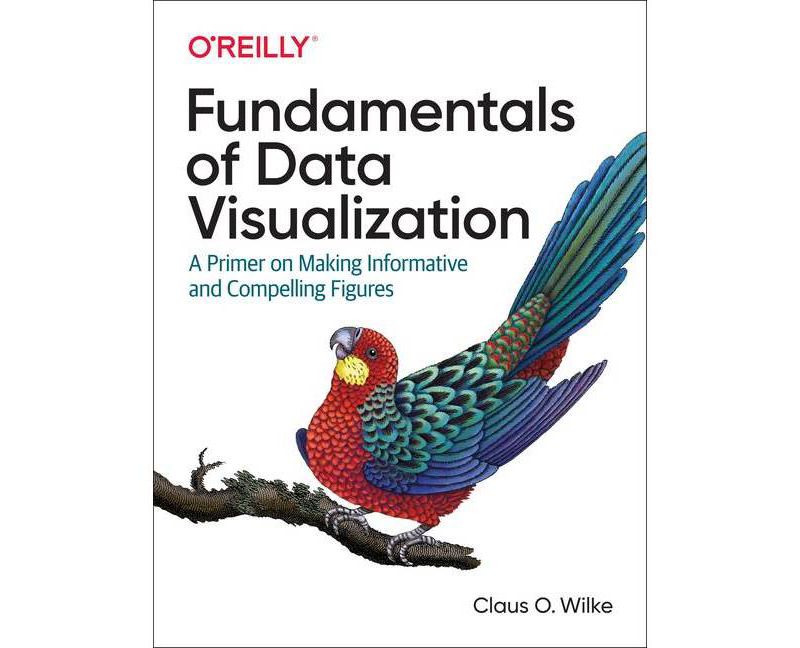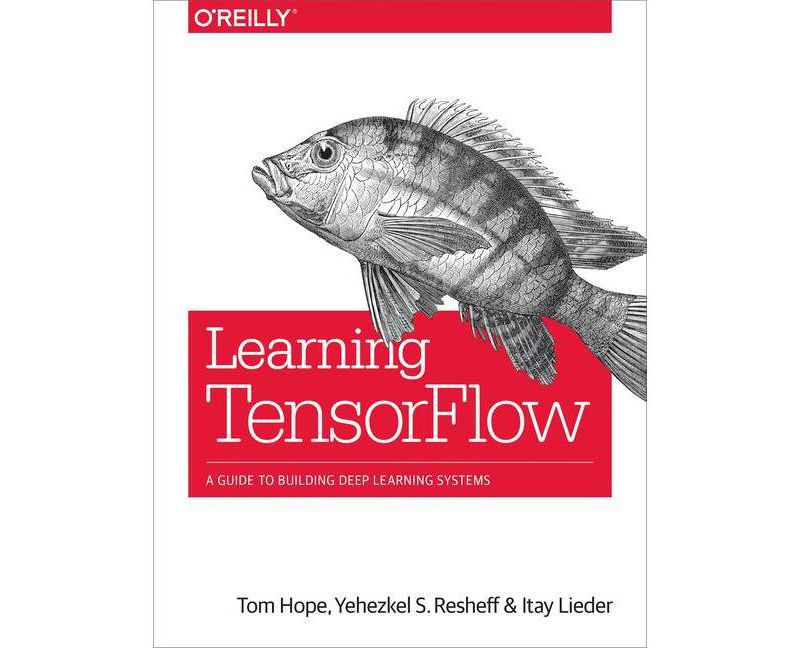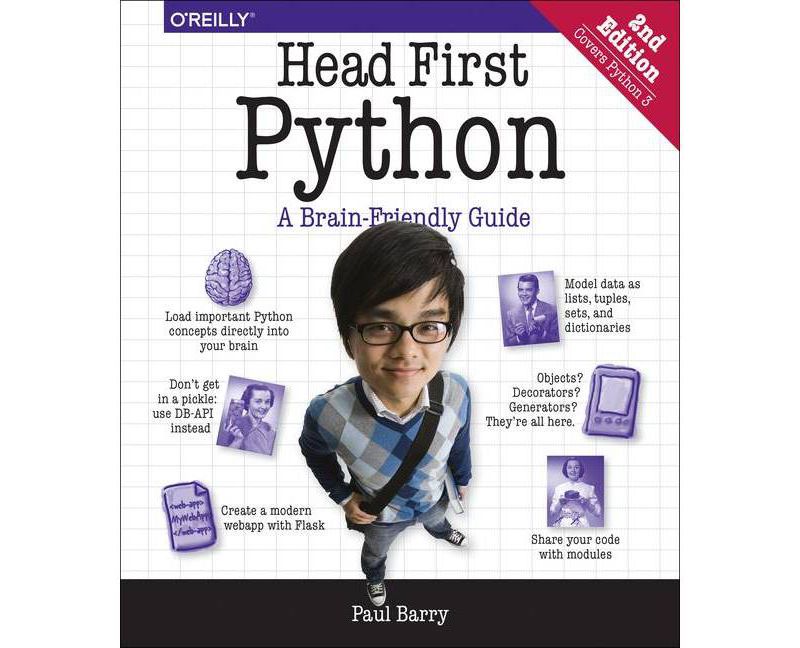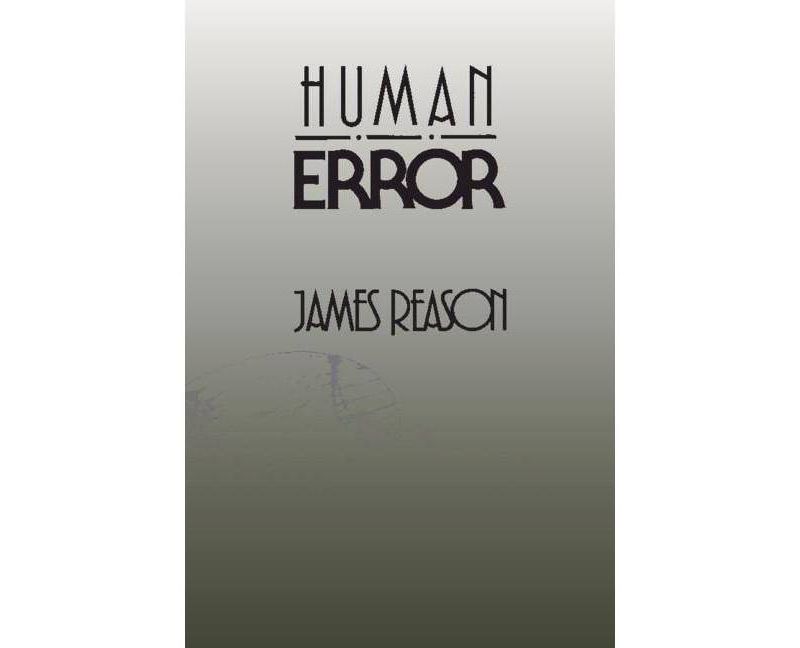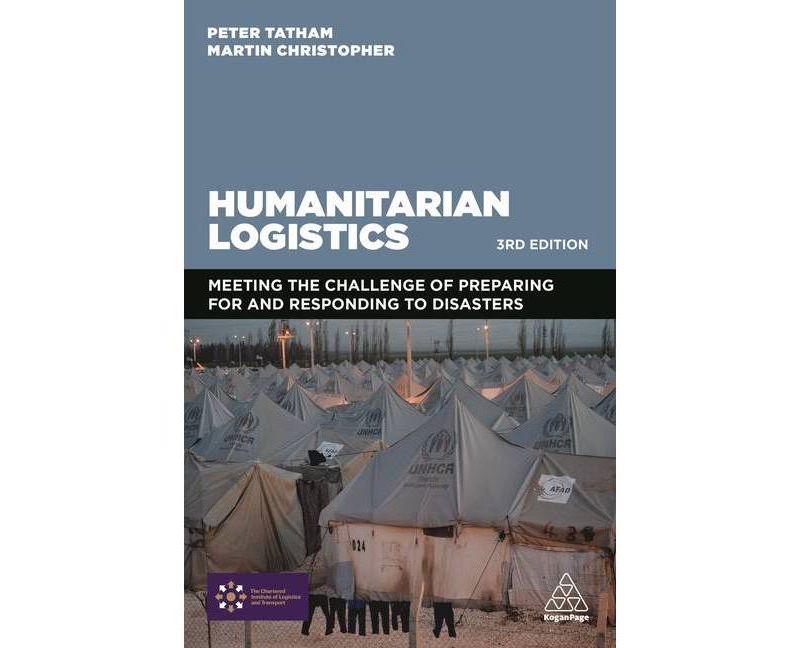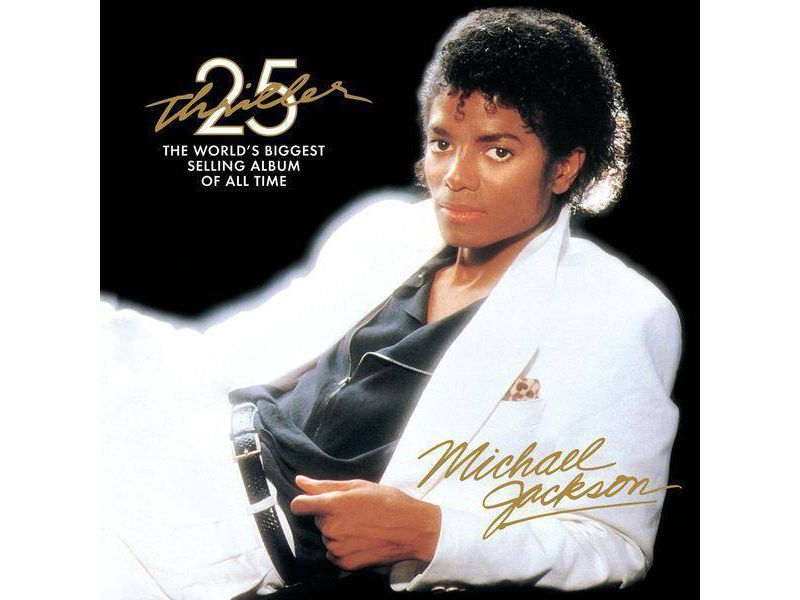Buy Macroeconomics - by William Mitchell & L Randall Wray & Martin Watts (Paperback) in United States - Cartnear.com

Macroeconomics - by William Mitchell & L Randall Wray & Martin Watts (Paperback)
CTNR924319 09781137610669 CTNR924319$ 86.23 $ 87.99 2% Off
*Product availability is subject to suppliers inventory
SHIPPING ALL OVER UNITED STATES
100% MONEY BACK GUARANTEE
EASY 30 DAYSRETURNS & REFUNDS
24/7 CUSTOMER SUPPORT
TRUSTED AND SAFE WEBSITE
100% SECURE CHECKOUT
Genre: Business + Money Management
Sub-Genre: Economics
Format: Paperback
Publisher: Red Globe Press
Age Range: Adult
Book theme: Macroeconomics
Author: William Mitchell & L Randall Wray & Martin Watts
Featured book lists: Textbooks
Language: English
Book Synopsis
This groundbreaking new core textbook encourages students to take a more critical approach to the prevalent assumptions around the subject of macroeconomics, by comparing and contrasting heterodox and orthodox approaches to theory and policy. The first such textbook to develop a heterodox model from the ground up, it is based on the principles of Modern Monetary Theory (MMT) as derived from the theories of Keynes, Kalecki, Veblen, Marx, and Minsky, amongst others. The internationally-respected author team offer appropriate fiscal and monetary policy recommendations, explaining how the poor economic performance of most of the wealthy capitalist countries over recent decades could have been avoided, and delivering a well-reasoned practical and philosophical argument for the heterodox MMT approach being advocated.
The book is suitable for both introductory and intermediate courses, offering a thorough overview of the basics, while covering everything needed for more advanced courses. Issues are explained conceptually, with the more technical, mathematical material in chapter appendices, offering greater flexibility of lecturer use.From the Back Cover
This groundbreaking new core textbook encourages students to take a more critical approach to the prevalent assumptions around the subject of macroeconomics, by comparing and contrasting heterodox and orthodox approaches to theory and policy. The first such textbook to develop a heterodox model from the ground up, it is based on the principles of Modern Monetary Theory (MMT) as derived from the theories of Keynes, Kalecki, Veblen, Marx, and Minsky, amongst others. The internationally-respected author team offer appropriate fiscal and monetary policy recommendations, explaining how the poor economic performance of most of the wealthy capitalist countries over recent decades could have been avoided, and delivering a well-reasoned practical and philosophical argument for the heterodox MMT approach being advocated.
The book is suitable for both introductory and intermediate courses, offering a thorough overview of the basics, while covering everything needed for more advanced courses. Issues are explained conceptually, with the more technical, mathematical material in chapter appendices, offering greater flexibility of lecturer use.
Key features include;
Pluralistic coverage of macro thought, with both mainstream neoclassical principles and the MMT alternative defined and discussed in detail, offering students a critical analysis of the subject.
Valuable historical context is provided, showing the evolution of macroeconomics as a discipline, and the emergence and divergence of its different schools.
A focus on the realities of how money and banks operate, and on applied theories of financial instability, combined to give an unrivalled real-world insight into how the economy actually works.
Truly global approach and perspective, with a high-profile author team drawn from the US and Australia.
Companion website offers additional resources including an instructor's manual, worked examples, tutorial questions, and additional references.
About the Author
William Mitchell is a Professor of Economics at the University of Newcastle, Australia
L. Randall Wray is a Senior Scholar at the Levy Economics Institute of Bard College, USA
Martin Watts is a Professor of Economics at the University of Newcastle, Australia

